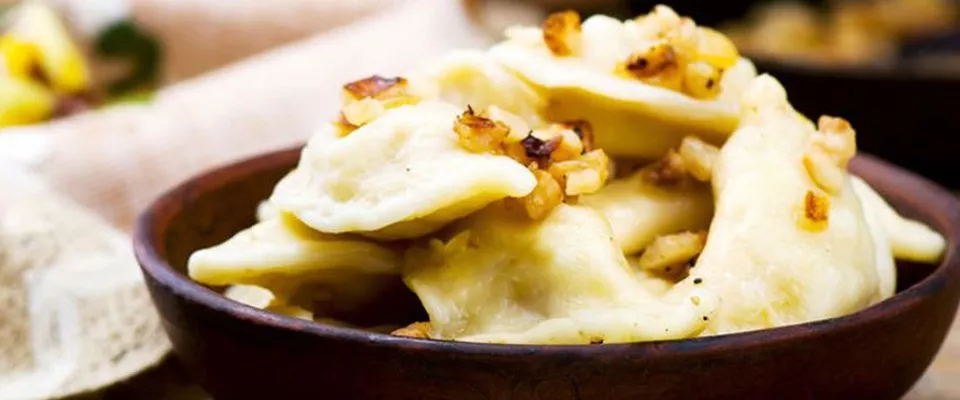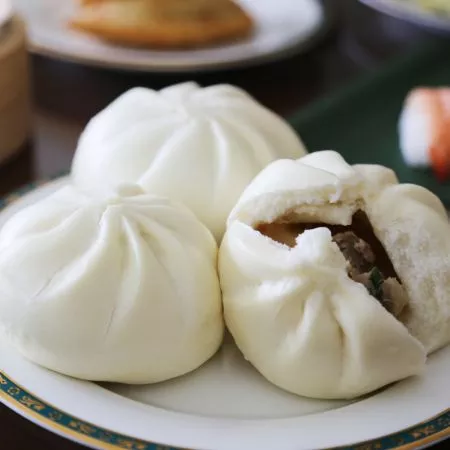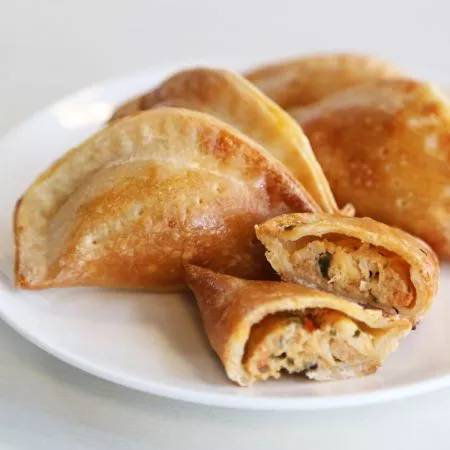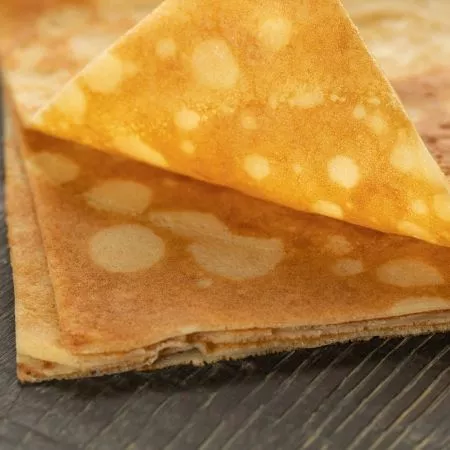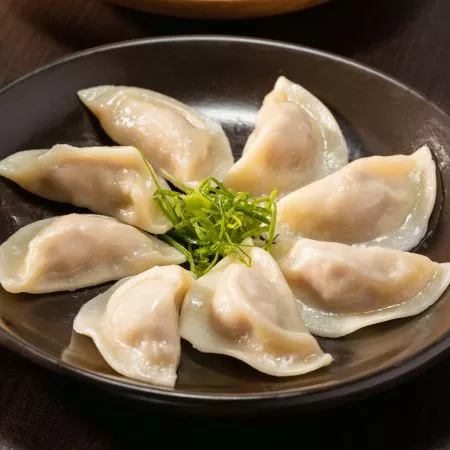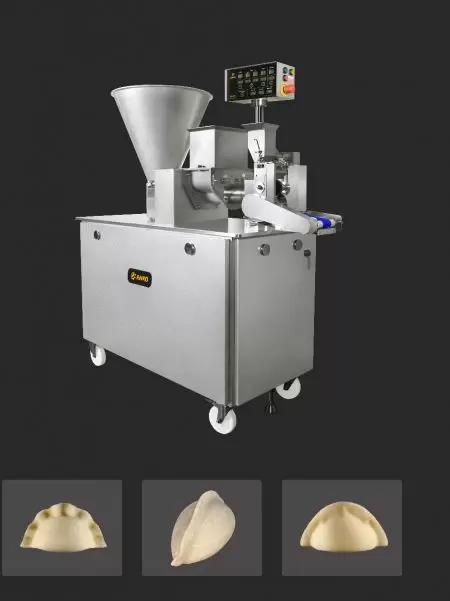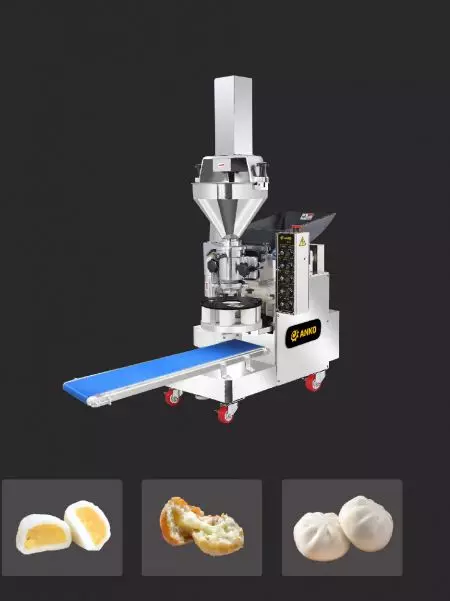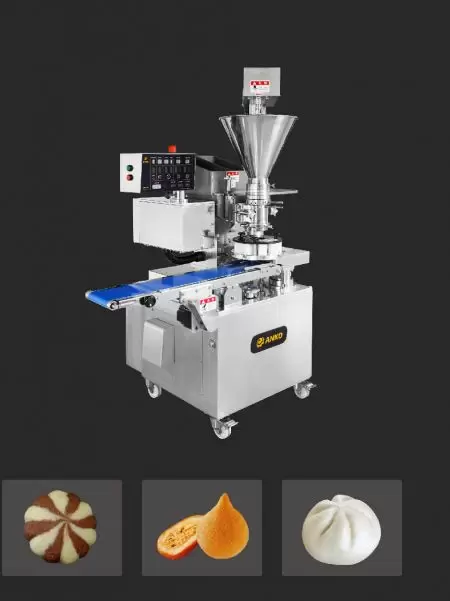Hearty and Irresistible Polish Dumplings
14 Jul, 2021If you like dumplings, you must know how Polish cuisine attract global attention! Besides the famous pierogi, what else special dumplings create distinctive food style of Poland? Not only have these dumplings been popular within the Eastern European nations, but have also become fashionable in the world. The issue will show you various different dumplings in Poland.
Hearty Polish cuisine is blessed with abundant agricultural resources and created by its culturally hospitable people. And historically, it’s what brought much comfort and laughter during difficult times.
Eat well, and forget about the calories
“Eat, drink and loosen your belt,” says is well. Polish cuisine is rich and flavorful; it consists of generous amounts of pork, various game meats, and many wintergreens or root vegetables, such as cabbage, potatoes, beetroots, and various mushrooms. Vegetables are often pickled or canned for extended shelf life, while many berries and apples commonly used in the dessert recipes.
Polish cuisine is unique and bountiful, as it consists of various unexpected flavor combinations and ingredients. There are many flavorful soups and stews, as there are various types of sausages (kielbasa), made with different meats. However, if you’re looking for something delicious and substantial, then you must not miss out on pierogi and some of the traditional Polish dumpling dishes.
Pierogi: The Taste of Poland
It may have some resemblance to “pelmeni” in European countries, the Ukrainian “varenyky”, and “manti” in Central Asia, or the Chinese dumplings (jiaozi), however, Poles sure know how to make pierogi to impress. The most basic and typical pierogi is made with potatoes and cheese, served with sour cream and caramelized onion; while minced meat, sauerkraut, mushrooms, and spinach are also often used to prepare savory pierogi, or made sweet with fruits and farmers cheese, either way, pierogi is always the star on the table. Pierogi is made with unleavened dough, similar but has slightly thicker wrap than the Chinese dumplings, as they are more filling. Pierogi is often boiled, baked or can be lightly pan-fried with butter.
Pierogi has been the staple of Polish culture for centuries; they are found in home kitchens, restaurants and the frozen section in supermarkets. Not only have these dumplings been popular within the Eastern European nations, but have also become fashionable in the U.S, Canada and various countries in the world.
More Delicious Polish Dumplings

There’s something similar to tortellini, but called “uszka” in Poland, it literally means “little ears” in Polish, and are usually stuffed with mushroom or sauerkraut, and served with borscht (beetroot soup) on Christmas Eve.
And there are these oval shaped dumplings known as pyzy , which is made with flour, mashed potato and filled with a mixture of mushrooms, caramelized onion (cheese), and minced meats; after boiling with salted water, these savory pyzy are served with crunchy bacon bites. Knedle is the sweet version, also made with a potato, egg and flour dough, wrapped with a whole pitted plum or apricot, then boiled till it’s cooked and served with some sugar sprinkles, or a tad of cinnamon and sour cream.
Another potato-based dumpling is called “Kluski śląskie” (from the Silesian region in Poland), they are made into round shape and usually thumb-pressed with a dimple so it could better absorb gravy; these toothsome dumplings are often served with meat courses, and are practically irresistible.
Last but not least, kopytka is a hoof-shaped, gnocchi-like Polish dumpling, which can be boiled and then baked with cheese, but in some regions, kopytka is first baked, then boiled or put in stews. Or it could be served sweet with cream, farmer’s cheese and sugar.
According to a report by technavio.com , the world’s dumpling market potential is estimated to reach US$2 billion in 2024. With the latest statistics released in March 2021, (based on Euromonitor International’s research), there’s around 42% of the global population that are either reducing their meat consumption, or have become “flexitarian”. Traditionally, pierogi and many Polish dumpling dishes are mainly meatless, which is on par with the modern day diet trend. Furthermore, since 2020, COVID-19 has drastically changed the way people consume, many restaurants and most of the food industry is now relying on delivery, take-out, or have started to produce frozen, or ready-to-eat products, which can be seen as another opportunity for products like pierogi and Polish dumpling dishes in the future.
(ANKO’s HLT-700 series Automatic Dumpling Making Machines are productive equipment recommended for producing various types of dumpling products; and the SD-97 series Automatic Encrusting & Forming Machines are suitable for making pyzy, gnocchi or knedle style Polish dumplings.)
